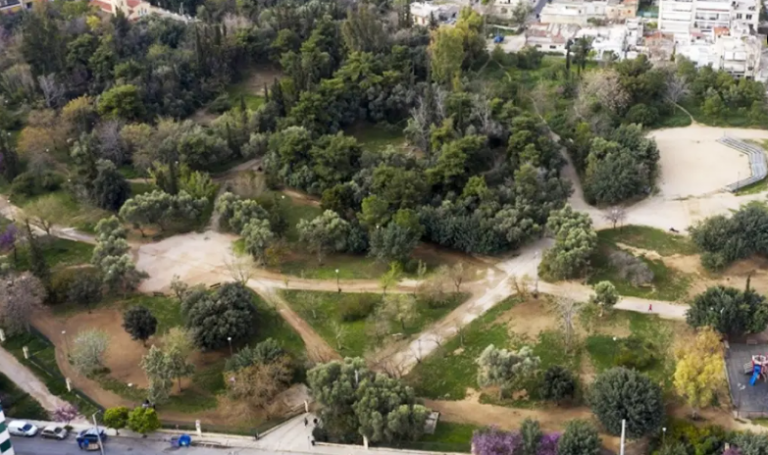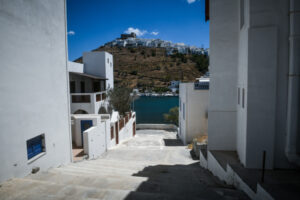An Italian research team has said to have found the precise burial location of Plato, based on papyri findings located near Naples in Herculaneum. Italian researcher Graciano Ranocchia claimed that the findings indicate that Plato was buried in the “Academy” named after him in Athens, in a garden near the “Temple of the Muses.” This breakthrough stems from a fresh interpretation of a papyri written by Philodemus of the Epicurean school, detailing the history of the Academy.
Putin disrupts aircraft GPS systems from Kaliningrad
Despite being damaged by the eruption of Vesuvius in 79 AD, the papyri were deciphered using high tech means so as to reveal these new insights. Uncovered where new words marking a 30% increase in text compared to a previous analysis conducted in 1991.

Italian researchers have reexamined papyri from Herculaneum, suggesting Plato may have been sold as a slave in 404 BC during the Spartan conquest of Aegina or in 399 BC after Socrates’ death. This challenges previous beliefs linking the event to 387 BC during Plato’s time in Syracuse. Cicero and Hermippus offer conflicting accounts of Plato’s death, with Cicero suggesting he passed while writing and Hermippus claiming he died at a wedding at 81 and was buried in the Academy. Marsilio Ficino adds significance to Plato’s age of 81, while another account suggests he died from lice infestation, a story Thomas Stanley found offensive. Plato’s burial site in the Academy of Athens was discovered through bionic reading of Herculaneum papyri, charred by Vesuvius’ eruption. These papyri, mainly by Philodemus, are kept in the National Library of Naples due to their sensitivity as archaeological finds. Out of 1,814 papyri, 340 have been read, 970 are partially damaged, and around 500 are charred fragments.
Ask me anything
Explore related questions





